On View: August 24 – October 6, 2022
Marina Mangubi was born in Moscow and grew up in California. A painter, printmaker and installation artist, Mangubi works on thematic projects that probe hidden meanings in familiar historical and philosophical constructs. Her current visual and performance art series, titled Painting Biathlon, posits an artist as an athlete. Mangubi holds an A.B. from the University of California, Berkeley, in Art and in Psychology (Neuroscience), and an M.F.A. from the University of Michigan, Ann Arbor. Her work has been exhibited in the United States and internationally, including Albania, Argentina, Belgium, Canada, Denmark, Germany, Italy, Japan, Malaysia, Russia, Spain and Uzbekistan, and is in permanent collections of the Portland Museum of Art in Maine, the Gilkey Center for Graphic Arts at the Portland Museum of Art in Oregon, Kala Institute in Berkeley and University Sains School for the Arts in Penang, Malaysia. Mangubi has participated in numerous residencies, including the Banff Centre Leighton Colony, Canada, Siena Art Institute, Italy, Joshua Tree National Park, and Breckenridge Creative Arts, and was the artist fellow at the Camargo Foundation in Cassis, France. Her Camargo fellowship project, Eight Board Feet, inspired by the Northern Baroque Landscape tradition and concomitant discoveries in mathematics, was profiled on French national television. Music “on the Bones”, the series of prints about records cut on discarded X-rays in the wake of WWII, received wide recognition in television and print media. Marina Mangubi lives in Wooster, Ohio, where she is Professor of Art at The College of Wooster, and in Pittsburgh, Pennsylvania.
Artist Statement
In the Biathlon series, I turn to sports as a medium of performance and social commentary. Launched at the Banff Centre, during my 2015 residency, Painting Biathlon combines cross-country skiing and painting. It references modern biathlon, an endurance sport with military roots and millennia-old history of hunting on skis, in the Altay Mountains of Asia and in Northern Europe. In a biathlon race, a female athlete intersperses 2.5k sprints with stops to shoot at five targets. Emulating the race course, I set up painting stations along the cross-country ski track and skied 2.5-kilometer sprints, stopping at each station to make a quick painting. Absent the rifle, the paradigm of combining exercise kinetics of an endurance sport with hand-eye coordination and fine motor skills applies equally to Painting Biathlon and the sport from which it is derived.
At Banff, in two of the Biathlon runs, instead of sketching in oil, I drew digitally and, immediately, posted the sketches on Tumblr for the online audience to vote on their quality. A thumbs-down vote required the artist to ski a penalty loop, as a biathlete would do for missing a target. Besides the digital drawings, I created a series of paintings along the ski terrain and a video documenting the performance.
Although only the snow skiing biathlon is included in the Olympics, the International Biathlon Union recognizes the rollerskiing version as summer biathlon, for off-season training and racing. In spring 2016, during my residency at the Joshua Tree National Park, I performed Biathlon-in-Print, rollerskiing on the sandy desert floor and stopping to create digital drawings. Rugged and otherworldly, the Mojave Desert supports a complex delicate ecosystem, punctuated by the high desert evergreen member of the agave family, Joshua tree, whose outstretched contorted limbs echo Mannerist figuration. The trees, which may live for centuries, are dying at an increasing rate, with limited net new growth replacing them. As they do, they bow to the ground under the weight of spent blossoms—their lifecycle undermined by climate change. In the high desert, with scarce water resources and plentiful solar power, working digitally was more logistically feasible and environmentally sound. The drawings on a mobile device, recorded in time-lapse and exported as animations, were cut into the video and printed digitally on dibond circles the size of standing targets in biathlon. Recently, I have added more digital drawings to the series. Together with the intaglio prints, the size of biathlon prone targets, the digital prints, mounted on plexiglass panels accompany the Joshua Tree project video.
In fall, 2019, during my residency at the Siena Art Institute, I performed and filmed Biathlon Pittorico, Siena, rollerskiing on the ribbed stone of the old city. At the time, Siena had been nominated for the title of European City of Sport, which it held in 2021. For the choice of locations, I looked to the finishing segment of the bicycle race Strade Bianche, which concludes with the steep climb to the old city center, Il Campo. I was also cognizant of the history and traditions of the Sienese neighborhoods, contrade, whose representatives compete in the famed horse race, the Palio di Siena, which continues to underpin civic life and identities of the citizenry. While stopping to paint, I frequently attracted attention of the locals and tourists alike, who approached me to talk about my paintings and my gear. Rollerskis, as it happens, originated around the same time in Scandinavia and Northern Italy, where they are still manufactured.
Contextualizing the project, I acknowledge artists, such as Matthew Barney in Drawing Restraint, introducing sports vocabulary in their work. More recently, Jennifer Allora and Guillermo Calzadilla, in an installation with a professional runner exercising on a tank-turned treadmill, presented in the 2011 Venice Biennale, used sports as a metaphor for political domination. Though political references are highly relevant to the Biathlon series, which is inspired by a military sport, on a personal level, the project stems from my early training in dance and continued interest in works by contemporary choreographers, such as John Jasperse, William Forsythe, and Karole Armitage, whose strength and kinesthetic sensibilities allow them to modulate subtle yet physically demanding movements with great precision. Control of form, focus, and timing is also key to good cross-country skiing technique, to which I aspire in the Painting Biathlon. As physical and aesthetic conditions converge, the markmaking is dictated by the athleticism defining the sport of biathlon and the condition of the artist’s body, subjected to the rigors of the sport. To quote a philosopher and dancer/choreographer, Maxine Sheets-Johnstone, whose phenomenological account of dance improvisation reflects broadly on thinking through movement in performance and reframes site-specificity to accommodate for multimodal perception in an artist-athlete, “As one might wonder about the world in words, I am wondering the world directly, in movement…Sensing and moving do not come together from nether ends of two separate spectra of experience, fortuitously joining together by virtue of happening to, or in, the same body. Perceptions are plaited into my here-now flow of movement. Sensing is always at the interface of moving of a mindful body.”
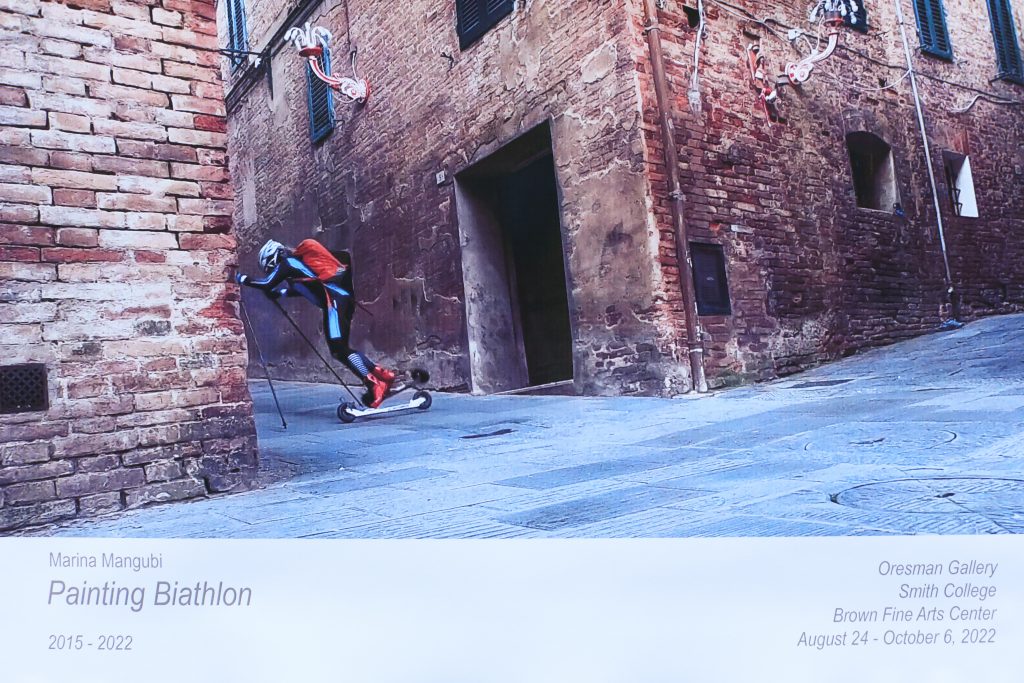
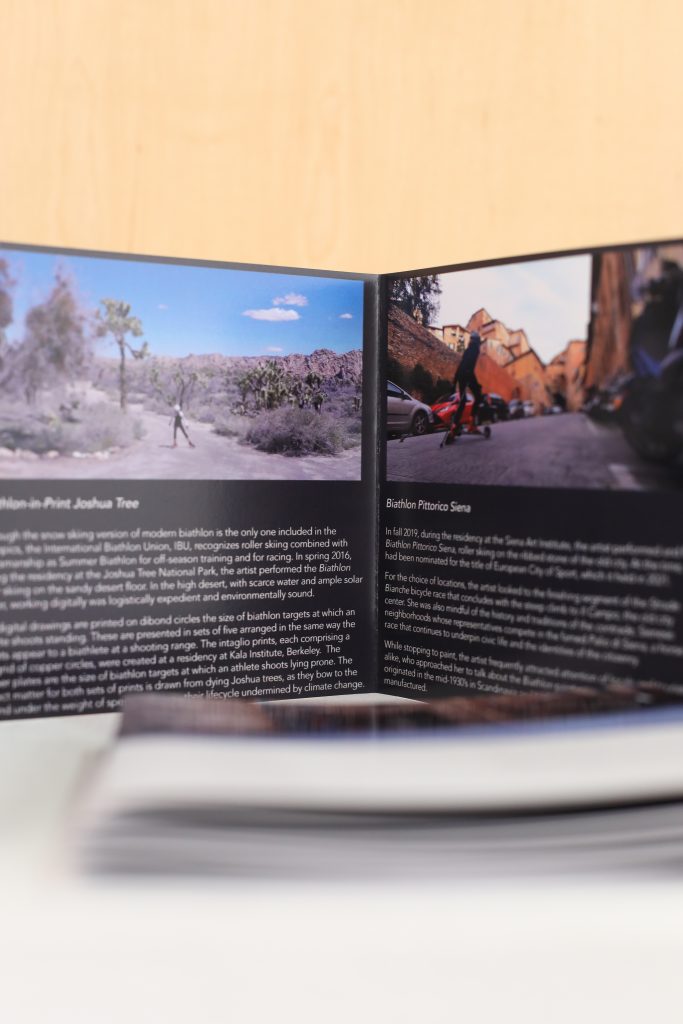
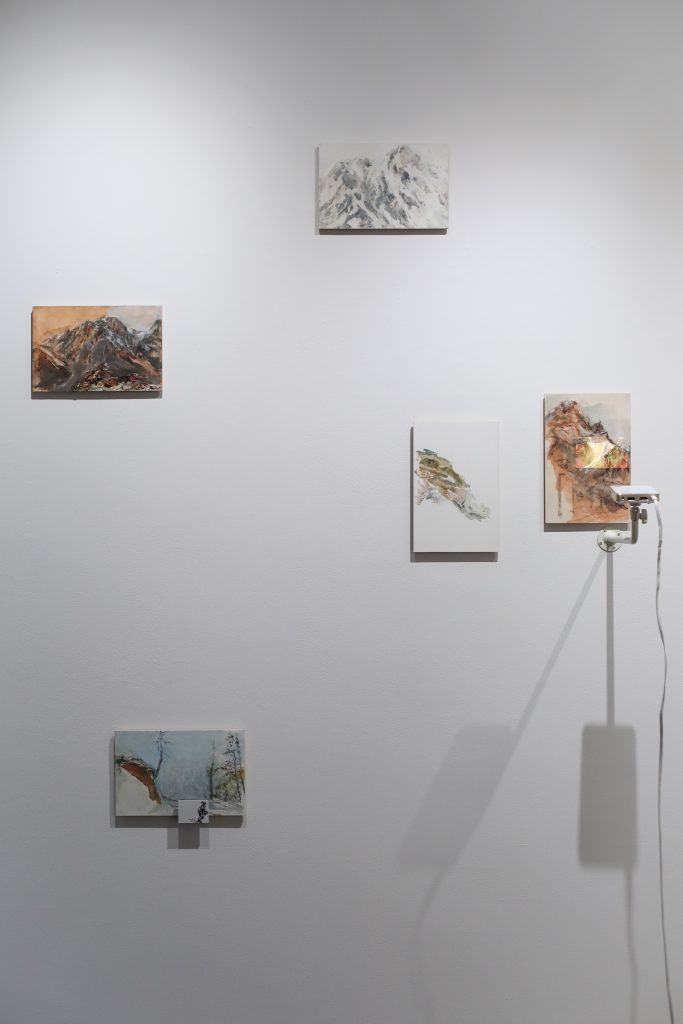
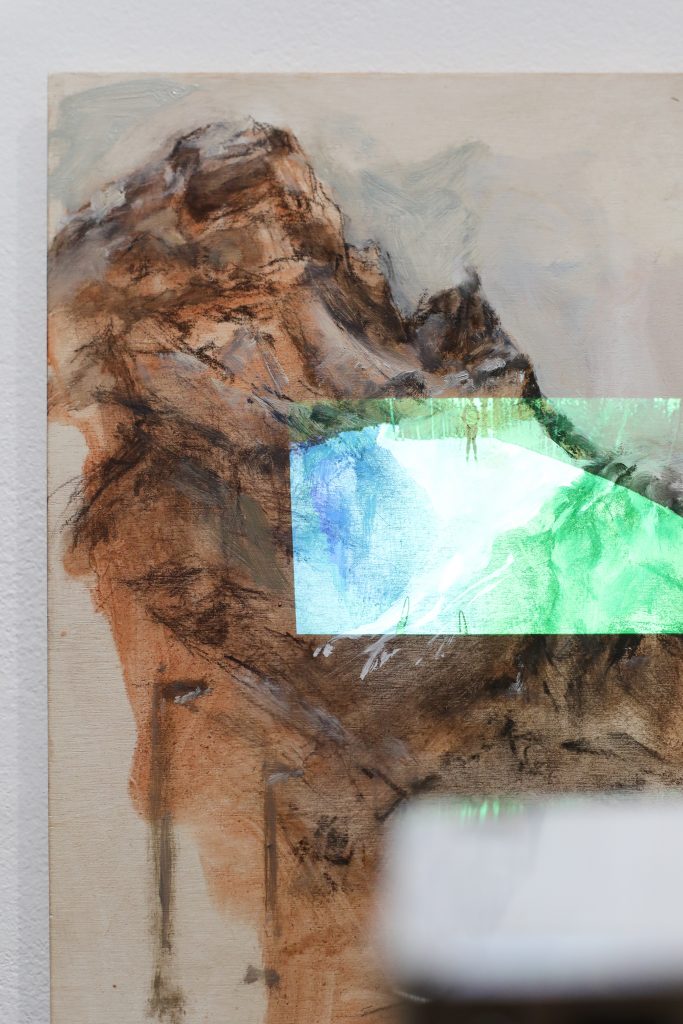
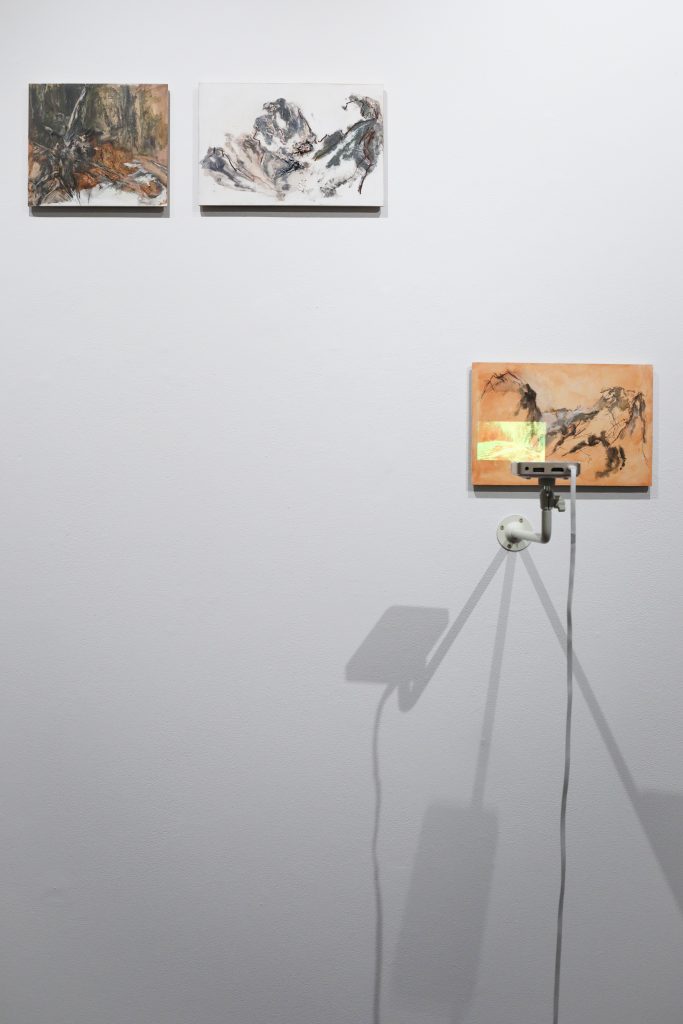
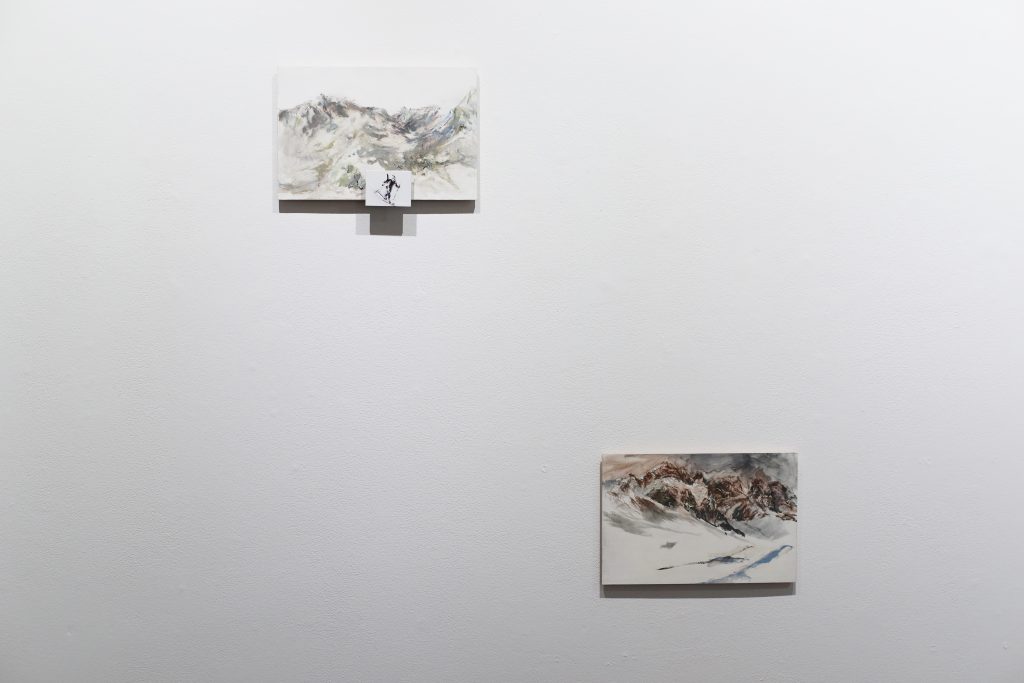
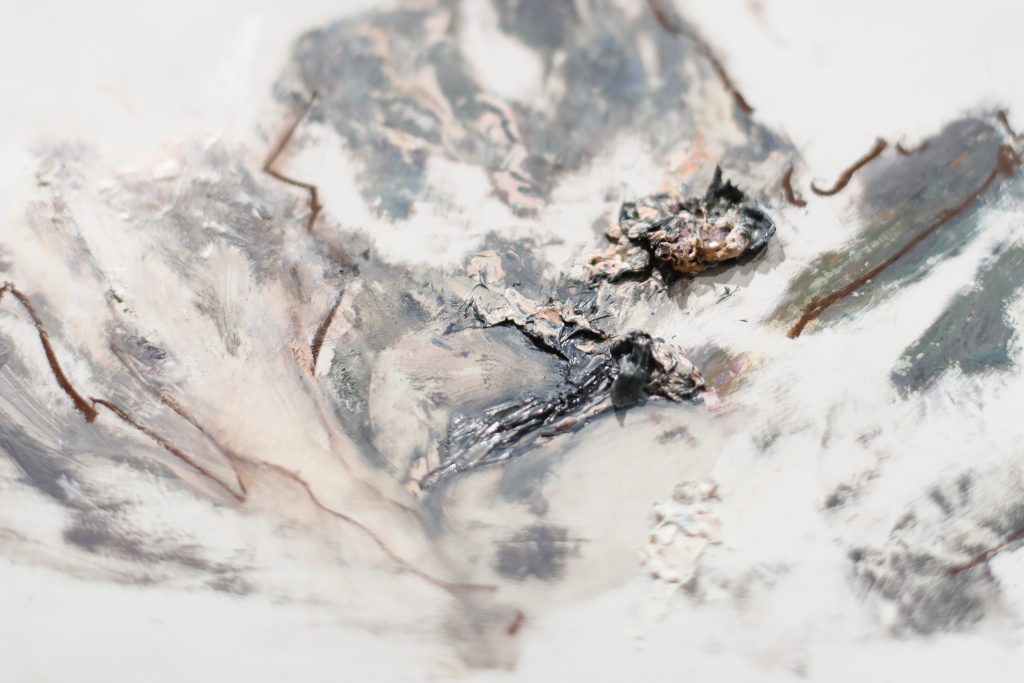
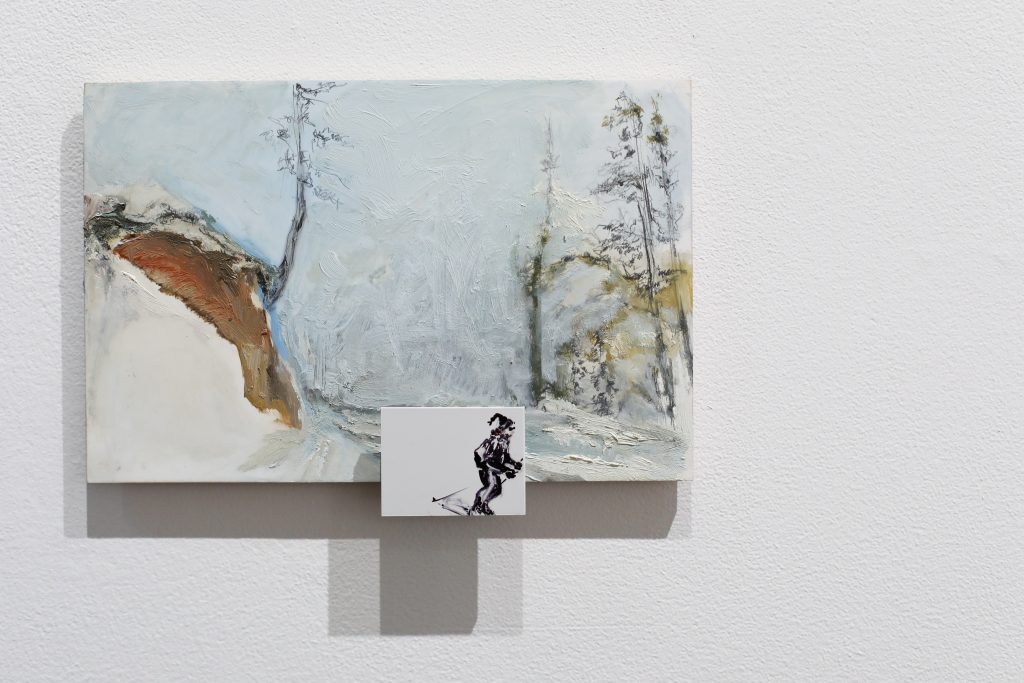
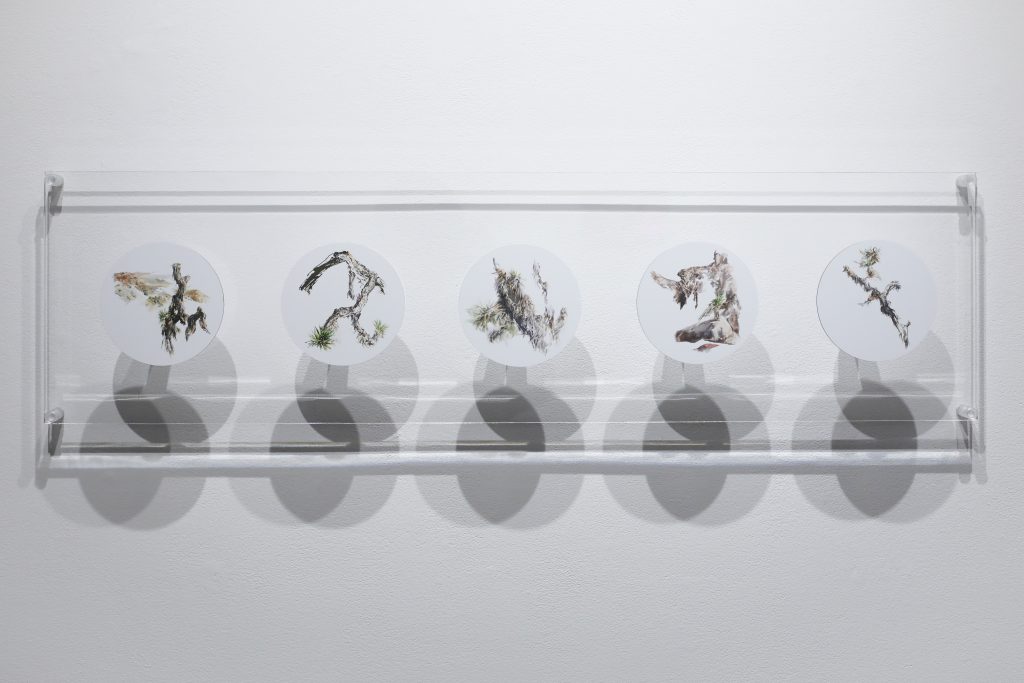
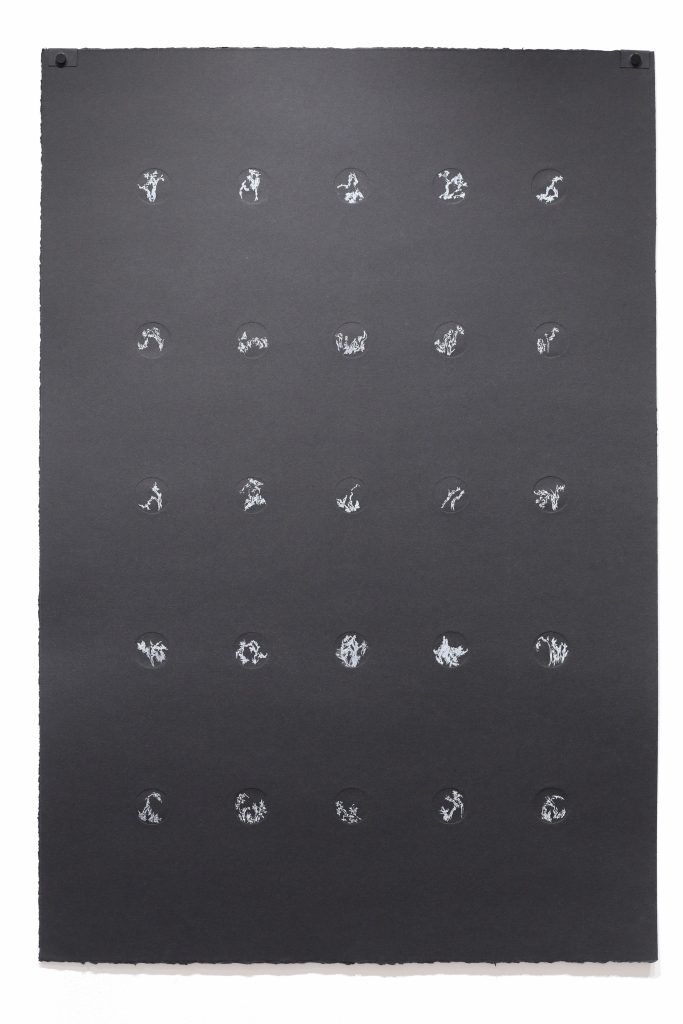
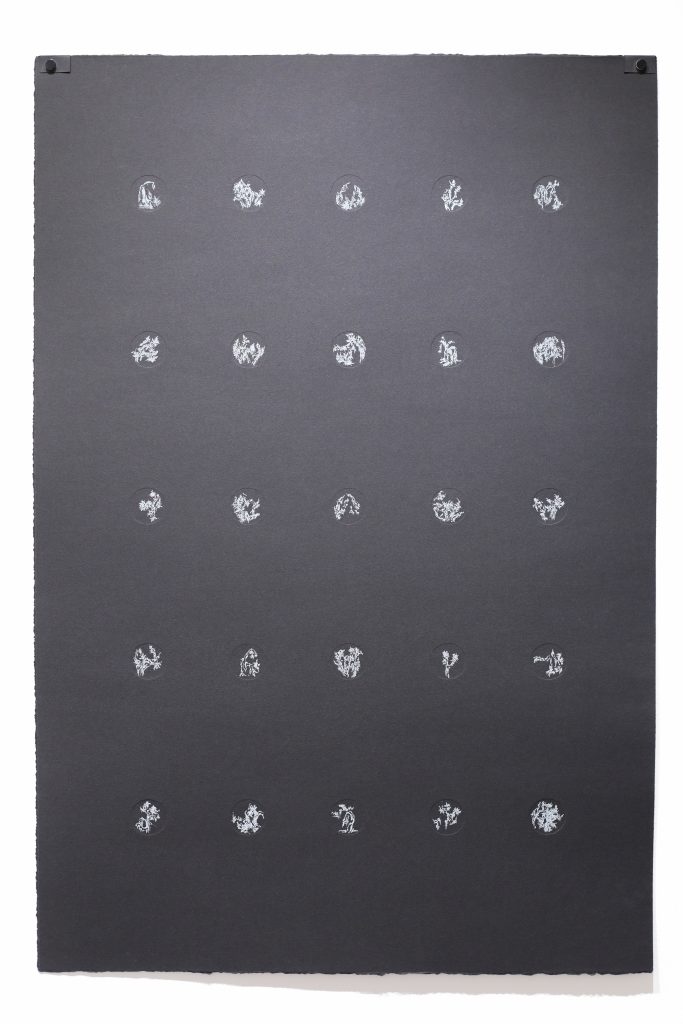
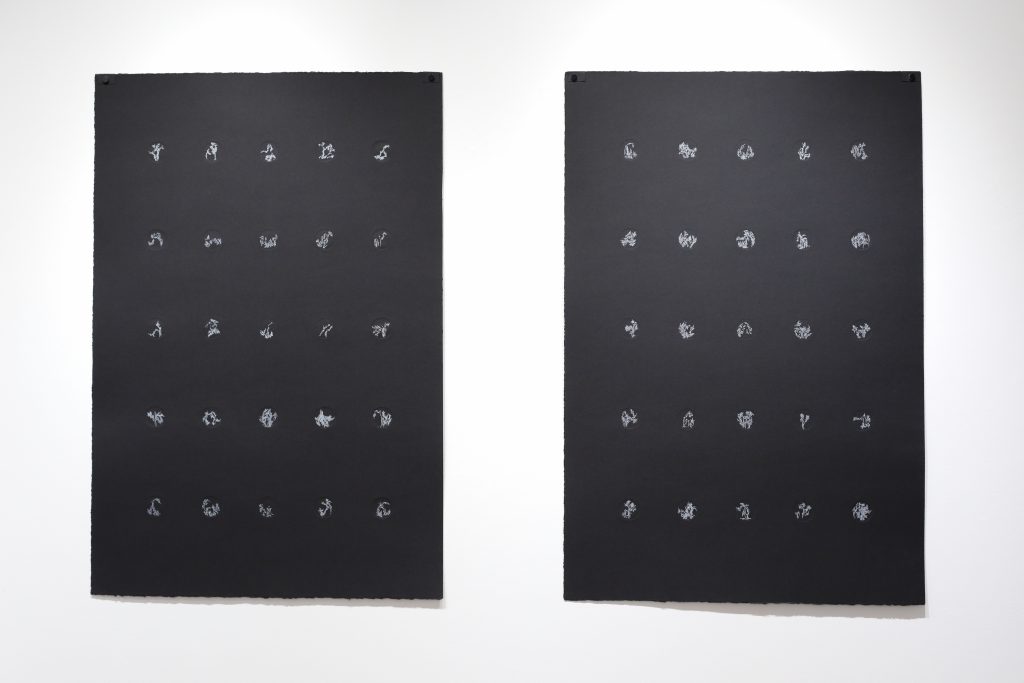
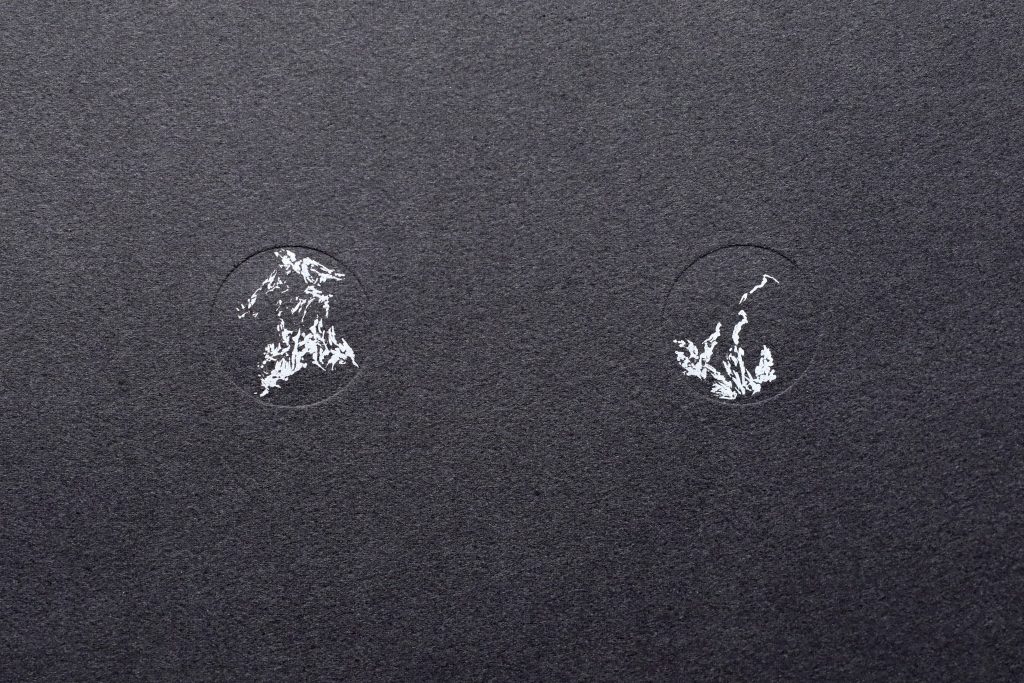
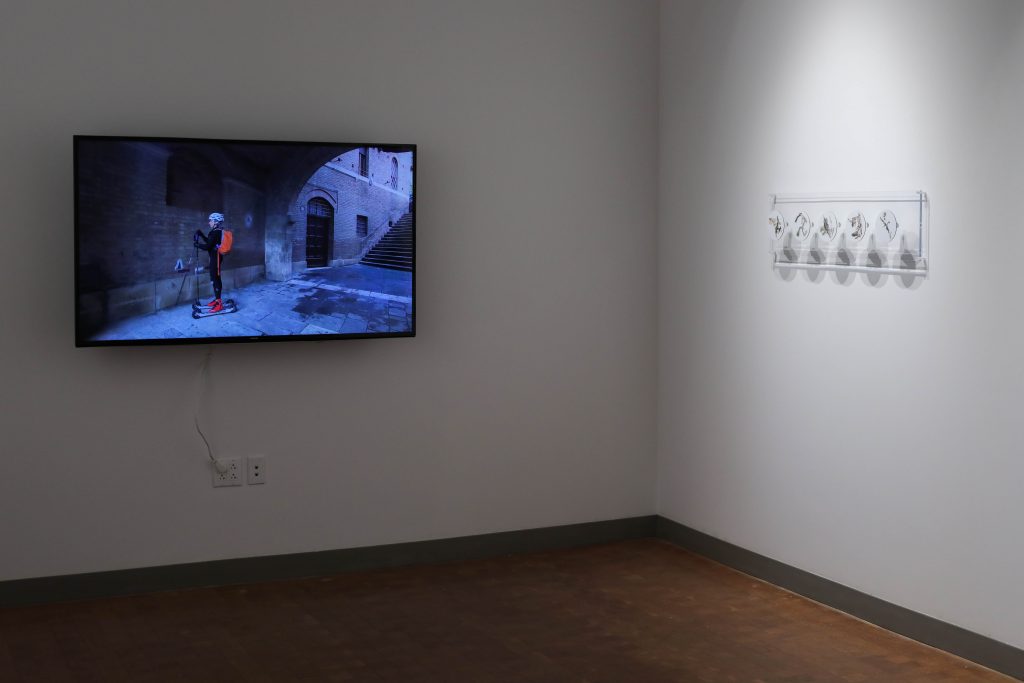
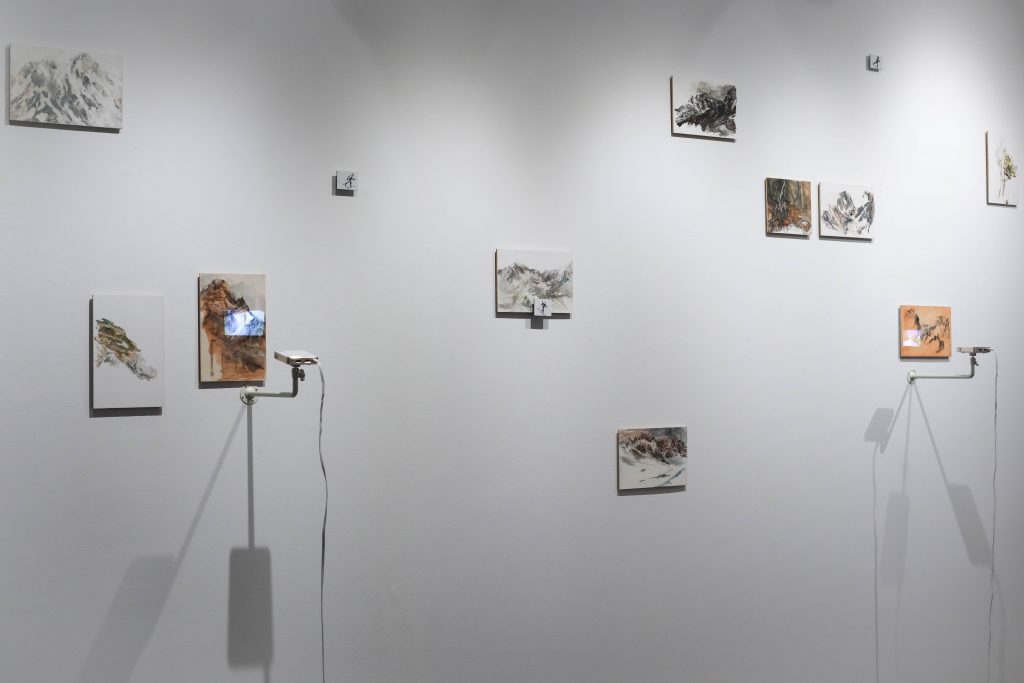
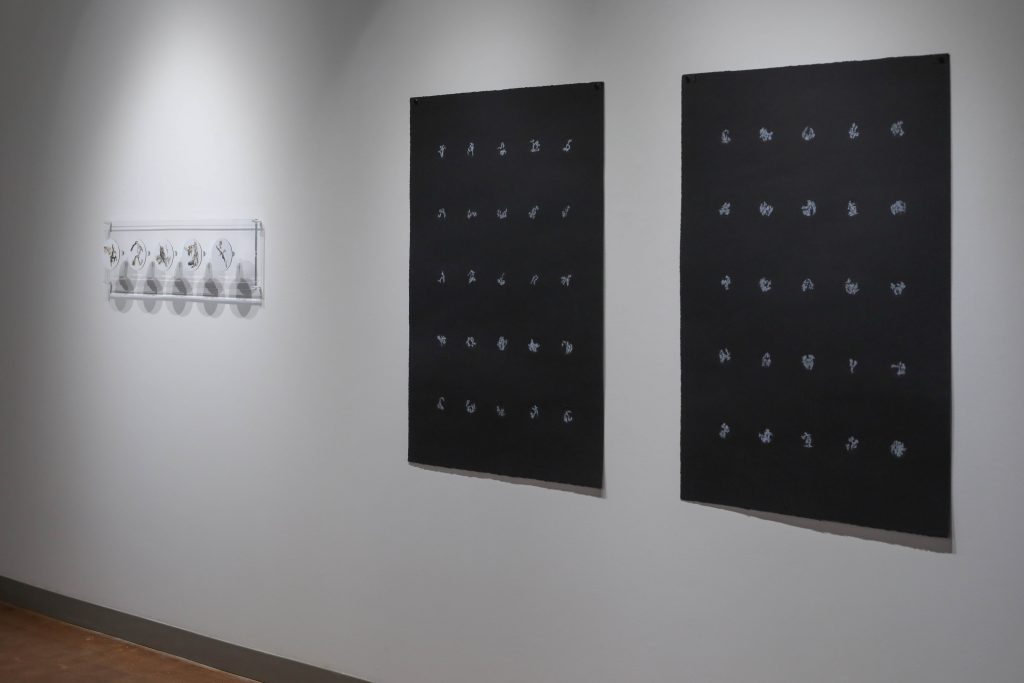
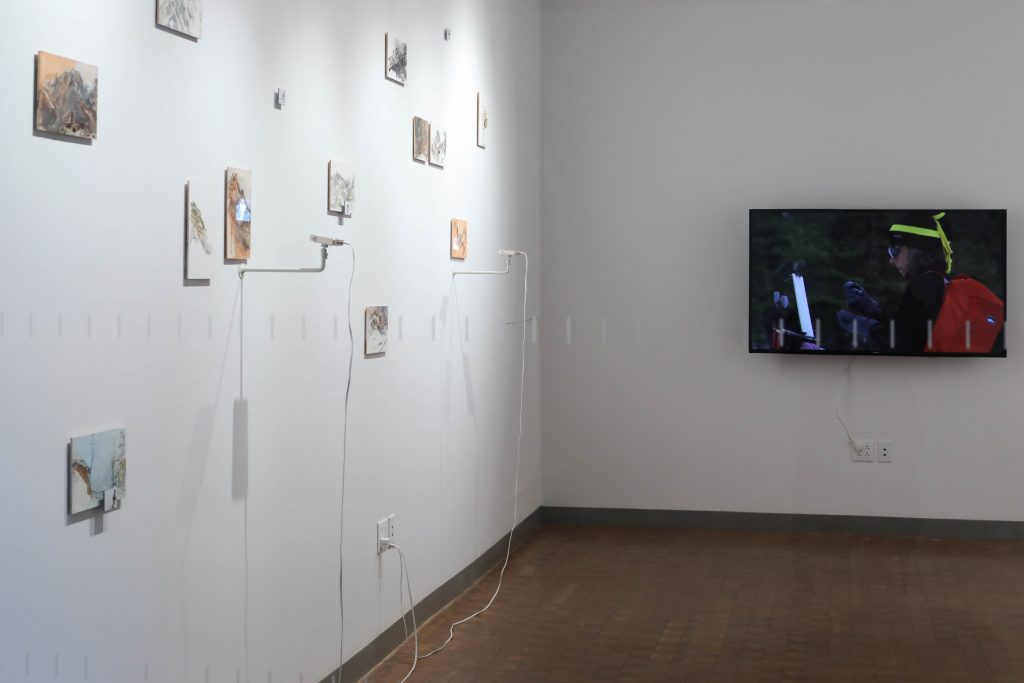
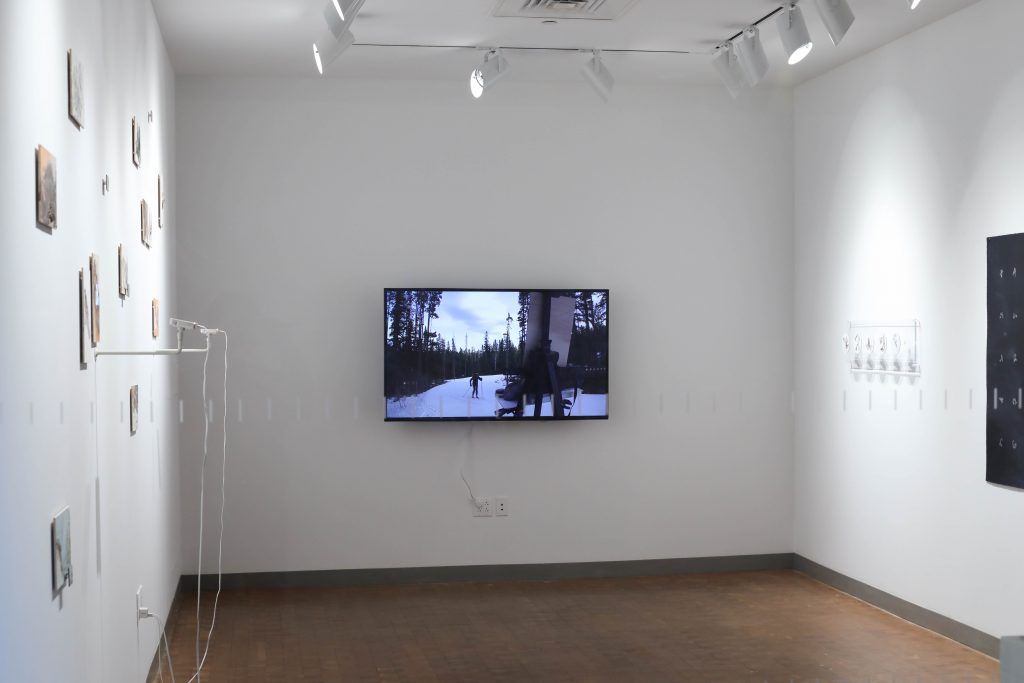
You must be logged in to post a comment.